
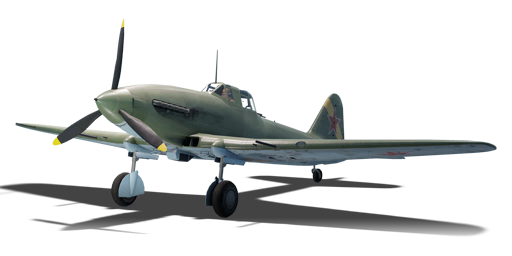


After a failed attempt to develop the IL-1, a "lightweight" fighter/ground attacker version of the IL-2, the Ilyushin design bureau decided in 1944 to repurpose the IL-1 into a "modernized" version of the "Sturmovik". As such, the Ilyushin IL-10 was the result of the experience of the Ilyushin design bureau in an attempt to make a worthy successor of the famous IL-2M ground attack aircraft. In its initial form, the IL-10 was essentially a sleek, more aerodynamically efficient version of the IL-2, while retaining most of its main armaments. The IL-10 was tested against Sukhoi's Su-6 in a contest for a replacement of the IL-2. While the Su-6 could carry more payload compared to the IL-10 (that has its payload reduced due to its lightweight design), the IL-10 offered greater overall agility and top speed, and as such was chosen as the winner of the competition. The initial serial production of the IL-10 saw combat during the last stages of the war in Europe, before being re-outfitted in 1946 with improved armaments.
Introduced in Update 1.41, the IL-10 is essentially a reincarnation of IL-2M with various problems of its predecessor being ironed out (most notably its slow flight speed). This version of the IL-10 is the 1945 version, equipped with exactly the same armaments with the "Sturmovik", featuring two 23 mm VYa-23 cannons and two 7.62 mm ShKAS machine guns as its offensive armaments, while the gunner is equipped with a 12.7 mm Berezin machine gun. While much faster than its predecessor, the IL-10 is still noticeably slower than most fighters it would face at this BR. Fortunately, the IL-10 still retains the manoeuvrability of the IL-2M, which can be easily exploited in air combat if pilots know how to manage its limited energy.
flaps
flaps
flaps
brake
| Belt | Belt filling | Armor penetration (mm) at a distance: | |||||
|---|---|---|---|---|---|---|---|
| 10 m | 100 m | 500 m | 1000 m | 1500 m | 2000 m | ||
| FI-T/AP-I | 46 | 42 | 29 | 19 | 12 | 8 | |
| FI/FI-T/AP-I | 46 | 42 | 29 | 19 | 12 | 8 | |
| AP-I/AP-I/AP-I/FI-T | 46 | 42 | 29 | 19 | 12 | 8 | |
| Belt | Belt filling | Armor penetration (mm) at a distance: | |||||
|---|---|---|---|---|---|---|---|
| 10 m | 100 m | 500 m | 1000 m | 1500 m | 2000 m | ||
| T/Ball/Ball/AP-I/AI | 13 | 12 | 7 | 3 | 2 | 0 | |
| AP-I/AI/API-T | 13 | 12 | 7 | 3 | 2 | 0 | |
| AP-I/API-T | 13 | 12 | 7 | 3 | 2 | 0 | |
| AP-I/AP-I/AP-I/AI | 13 | 12 | 7 | 3 | 2 | 0 | |
| Belt | Belt filling | Armor penetration (mm) at a distance: | |||||
|---|---|---|---|---|---|---|---|
| 10 m | 100 m | 500 m | 1000 m | 1500 m | 2000 m | ||
| T/AP/AP/IAI | 32 | 30 | 22 | 15 | 11 | 7 | |
| API-T/AP/AP/AP-I(c) | 34 | 32 | 24 | 17 | 12 | 8 | |
| API-T/AP-I | 29 | 27 | 20 | 13 | 9 | 6 | |
| Name | Weight | Slot | ||||||
|---|---|---|---|---|---|---|---|---|
| 7.8 kg | 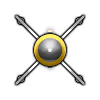 |  |  |  | ||||
| 15 kg | 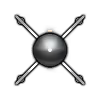 |  |  |  | ||||
| 42.4 kg | 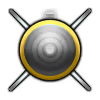 |  |  |  | ||||
| 51.6 kg | 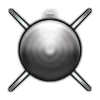 |  |  |  | ||||
| 49.8 kg |  |  | ||||||
| 103.5 kg |  |  | ||||||
| 252.2 kg |  |  | ||||||












Flight performance | |
|---|---|
Weaponry | |
|---|---|